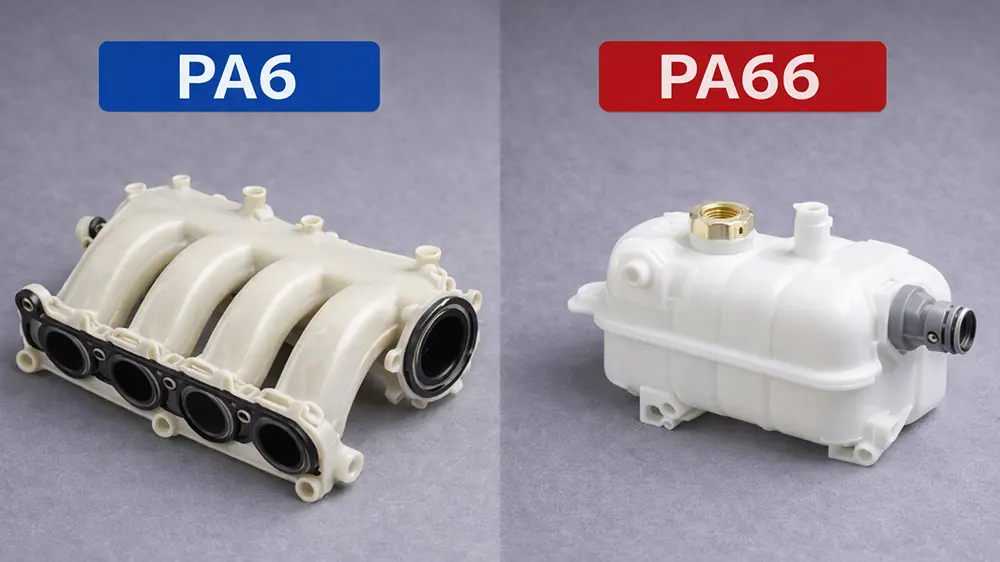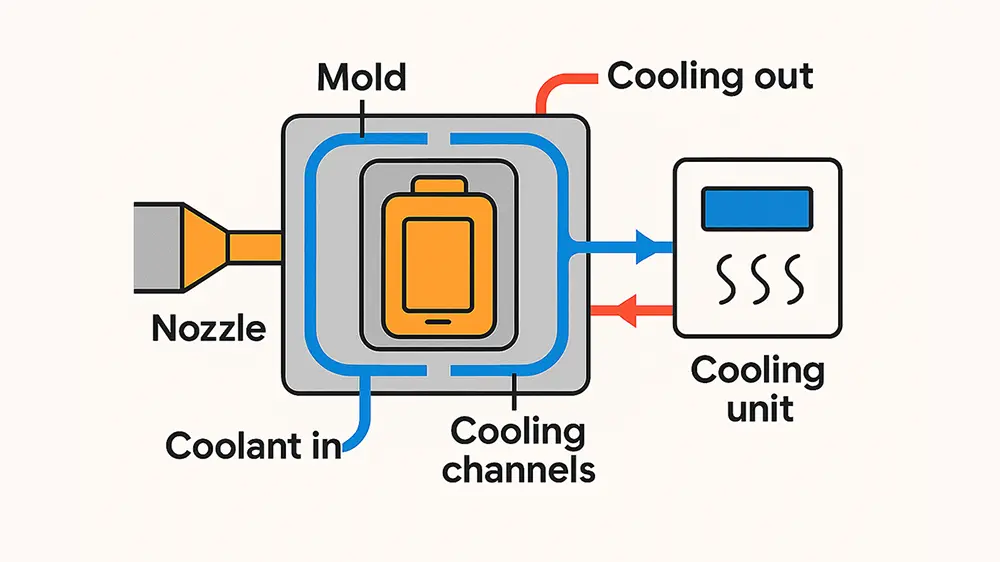Injection molding is a process that lends itself to the production of high-precision complex components for healthcare and medical applications, especially when part-to-part integrity is required over high volumes. In this article, we’ll consider the major advantages of producing medical devices by injection molding and look at possible watchpoints to consider.
Though a number of types of materials are suited to injection molding, for medical applications the primary material recommended is silicone. Silicone is extremely versatile in a broad range of application conditions and as a liquid raw material, it offers advantages in processing that renders it a premier choice for technical components in high volumes.
In particular for medical applications, silicone is of the highest purity. It demonstrates biocompatibility to accepted standards ISO13485. Liquid injection molding (LIM) is a process method often used to produce silicone medical devices. Advancing on from this, there is the opportunity to produce components by simultaneous injection of liquid silicone rubber (LSR) in combination with engineered plastics, sometimes called 2C LSR. This is commonly referred to in the market as 2K, two-shot, multi-component injection molding, or co-injection. It allows the production of the most innovative of solutions that combine two, three, or more individual materials into one fully bonded, robust component.
2C LSR production methods open up the opportunity to manufacture extremely complex components, and the process is ideal for parts with a large amount of detail, such as undercuts or thin wall sections. It, therefore, offers designers a high degree of latitude in design solutions and means multiple components can be integrated into one fully bonded solution, perfect for medical applications where dead space needs to be avoided and for the creation of hygienic designs. Also, a single component is more robust than an assembly of individual parts, can be lighter weight, and potentially eliminates the risks and costs associated with a secondary assembly.
Importantly, these advantages can only be fully enjoyed if there is close collaboration between the device maker’s engineering team and the injection-molding engineering experts at the silicone component manufacturer.
On one hand, at the root of any successful injection molded component is the tool. On the other hand, the biggest “con” with injection molding is perhaps that in line with the complexity of the finished product, developing a tool-grade steel mold, hot- or cold-runner blocks, and related process automation equipment can be expensive and this cost must be considered in any fabrication program.
The high initial tooling cost should never be judged on cost alone but calculated as an investment over the life of a tool. As injection molding–and even more so, liquid injection molding–can produce high integrity parts over very high volumes, the tooling can be relatively low priced when considered on a piece-by-piece basis over the life of a program. To ensure long-term efficiency, cost-effectiveness, and consistent production, it is also important that the design of the tool is right the first time and that all aspects of tool design, construction, and overall process are carefully considered.
The efficiency of the mold depends on choices such as cavitation, parting-line geometry, gating, venting, surface finish, and supporting automation. It’s important to ensure the mold is robust enough to mitigate the inherent lot-to-lot variability of raw silicone. It will also need to integrate seamlessly with equipment that pumps, mixes, injects, compresses, heats, and ejects components.
In terms of processing, there are a couple of watchpoints. There may be certain restrictions on part thickness to avoid shrinkage problems. Parts can also require de-flashing operations with additional cost. Both of these issues can be mediated once again through the close collaboration between the device designer and silicone component manufacture. For instance, if the tool and process equipment is expertly designed, flash can be virtually eradicated.
To be a leading manufacturer for plastic injection mold and injection molding. RJC supports medical product manufacturing with molding processes all the way. and this enables us to serve and defend covid-19 in 2020 by supplying medical device components by rapid manufacturing what you need. ISO13485 and FDA are the ready licenses for us to help bring medical product design and development from DFM through machining to mass production, such as ventilator components, intubation device components, and disposable testing products and tubes produced in the cleanroom as expected. what RJC can support is as follows :
- In-house production molds (Plastic & Die-casting)
- Injection molding
- Exported molds (deliver molds to overseas for molding locally)
- Rapid prototype ( 3D printing, machining & Vacuum Casting)
- Precision CNC machining ( Milling & Turning)
- Silicone components (LSR & Compression)
- Sheet Metal
- Post-processing ( painting, plating, printing, anodizing, chroming, etc…)





